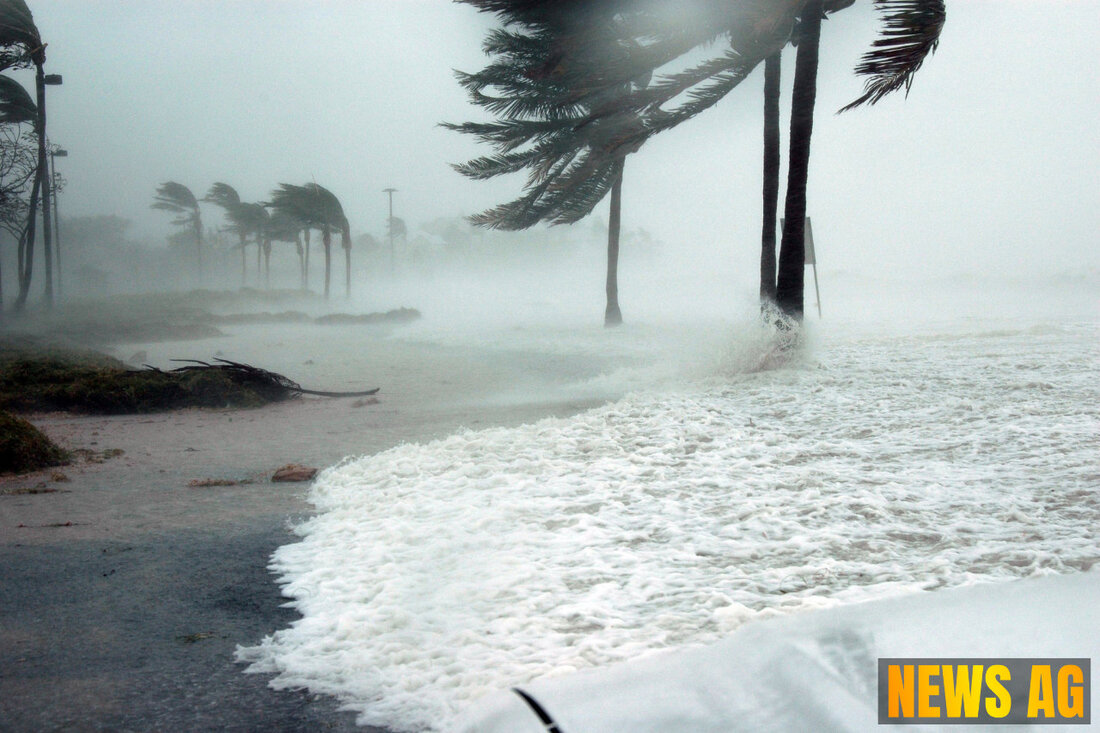Tampa's Data-Driven Approach Revolutionizes Hurricane Recovery Efforts
Tampa implements data-driven strategies for hurricane recovery, enhancing resilience and response to extreme weather events in 2025.

Tampa's Data-Driven Approach Revolutionizes Hurricane Recovery Efforts
The 2025 Atlantic hurricane season has kicked off, and all eyes in the Sunshine State are on Tampa’s innovative approaches to disaster recovery, particularly following the severe challenges posed by Hurricanes Helene and Milton last October. The city leaders have embraced data-driven strategies to bolster their response capabilities, setting a standard that might inspire other municipalities dealing with similar calamities.
Tampa has made notable strides in efficiency, thanks in part to its participation in the Bloomberg Philanthropies City Data Alliance. By leveraging real-time data, the city is navigating recovery efforts with a precision rarely seen before. From optimizing the placement of comfort stations to employing cutting-edge technology for debris removal, Tampa is showcasing how data not only helps during emergencies but also fosters community resilience.
Smart Strategies for Recovery
The implementation of smart placement for comfort stations is a prime example of Tampa’s innovative approach. These stations were strategically positioned in the hardest-hit neighborhoods, providing essential resources in coordination with FEMA and the Red Cross. This enables quicker access to much-needed aid for residents recovering from the storms.
Furthermore, the Solid Waste Department utilized drones and advanced software to assess damage and prioritize cleanup efforts. This swift response led to the collection of an impressive 1.3 million cubic yards of debris long before FEMA’s typical 90-day deadline. Such tech-driven tactics not only highlight Tampa’s proactive stance but also set a benchmark for other cities to follow.
Embracing Advanced Technology
As extreme weather events are becoming more frequent, the necessity for robust disaster management has never been more pressing. According to What Works Cities, events like Hurricane Milton’s historic flooding have affected cities as far-reaching as Florida and North Carolina, illustrating that nature’s wrath knows no bounds. As climate change escalates, cities are urged to adopt long-term planning and investment in infrastructure.
Artificial intelligence is being touted as a vital tool for local leaders managing extreme weather events. By establishing strong data foundations, communities can harness AI’s predictive capabilities to better anticipate disasters. Engaging with vulnerable populations during these planning phases is crucial to ensure equity in recovery efforts. Cities like Recife and Austin illustrate how AI-driven initiatives can prepare communities for climate-related challenges.
Interestingly, Tampa’s methodology aligns well with the larger trend of cities leaning on advanced analytics to tackle public safety and disaster response challenges. This paradigm shift signifies a collective movement towards a more resilient future.
A Model for the Future
All told, Tampa’s approach demonstrates the immense potential of data in crafting effective disaster responses. This commitment not only allows for speedier recovery but essentially lays the groundwork for enhanced community resilience against future extreme weather events. Inspired by Tampa’s success, other municipalities can take notes to improve their own emergency strategies.
As the new hurricane season unfolds, Tampa is undoubtedly paving the way for cities everywhere. With teamwork, technology, and an unwavering commitment to data-driven solutions, there’s a lot of hope that Tampa, and cities like it, will weather the storms still to come.


 Suche
Suche